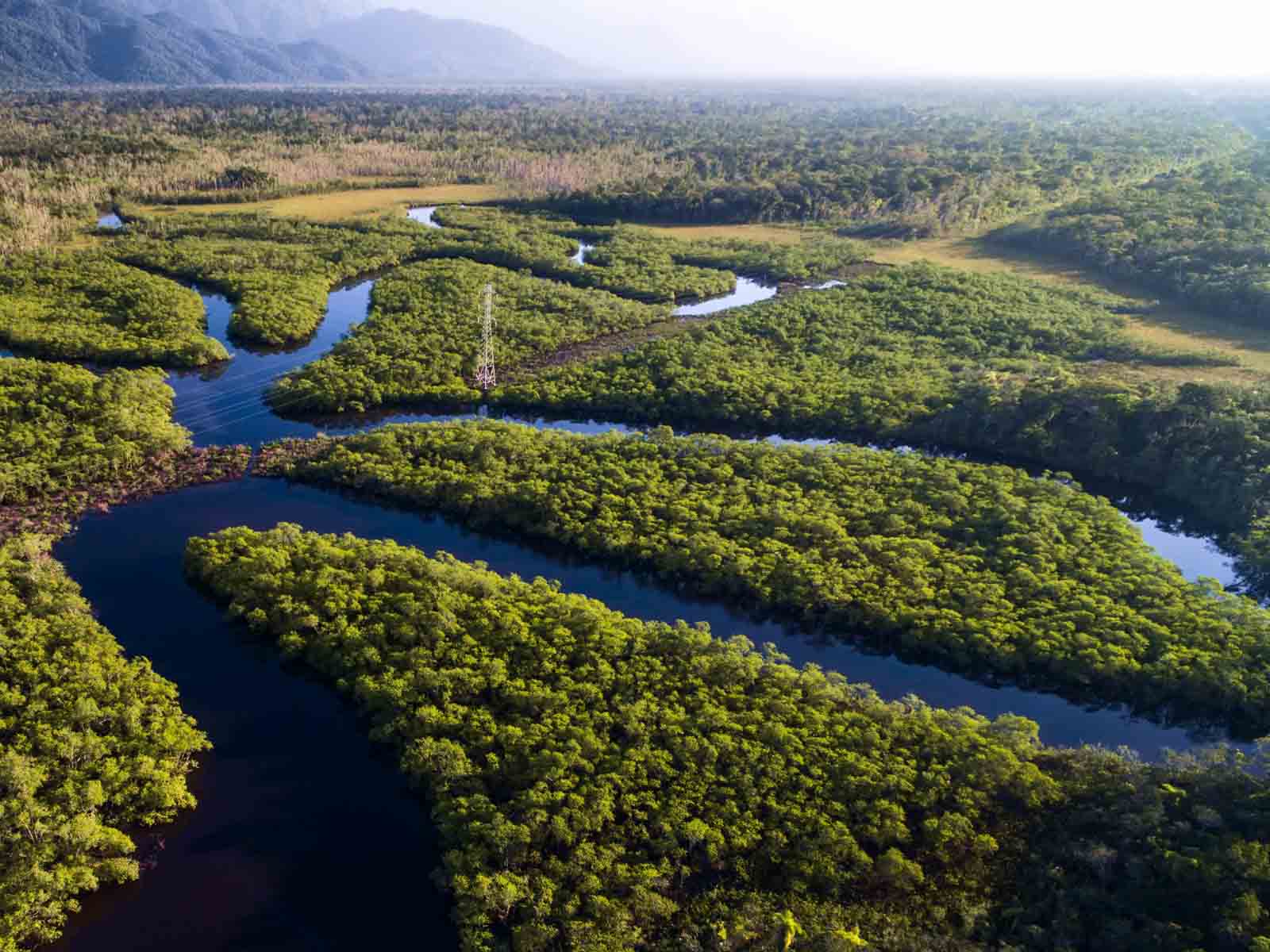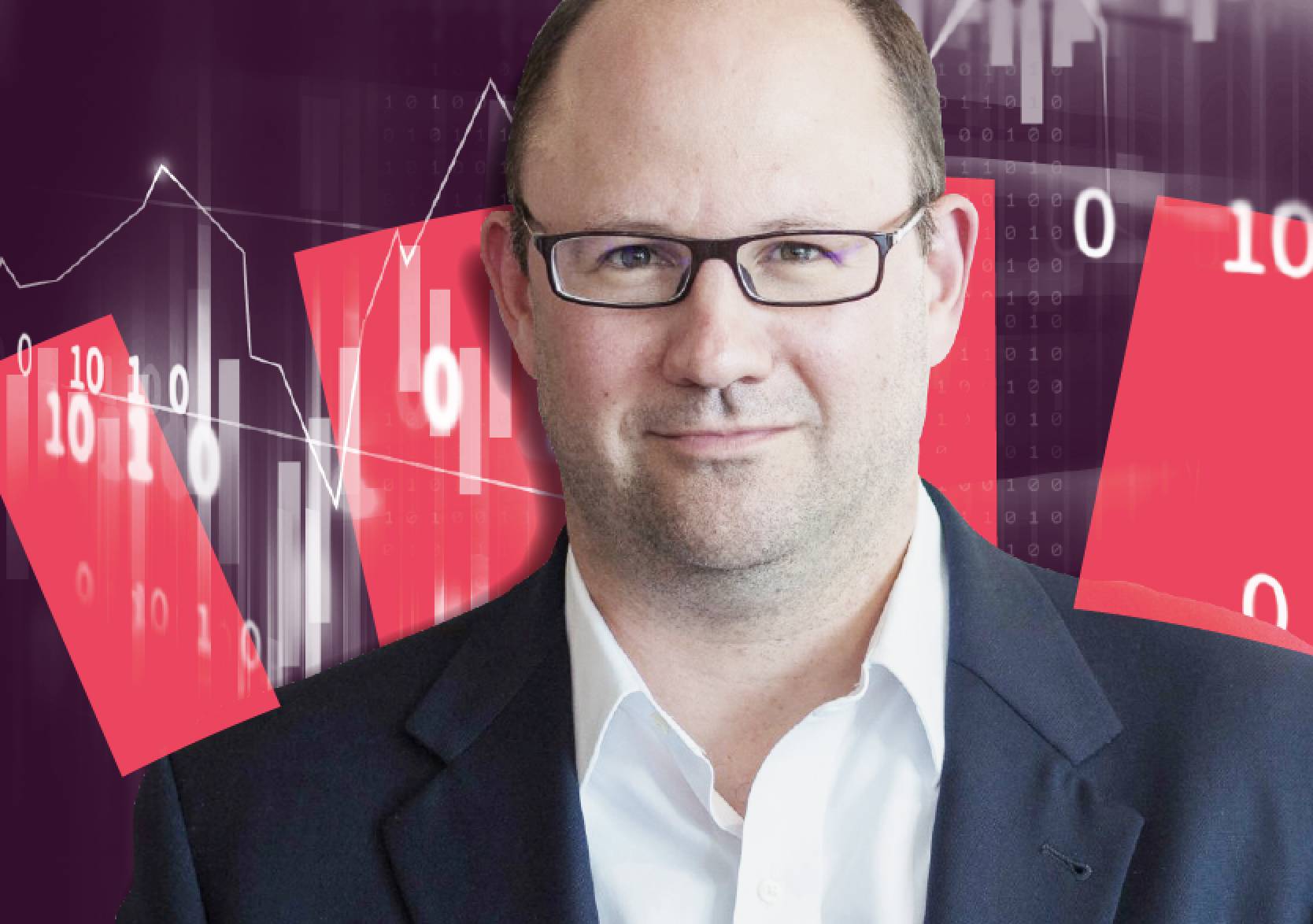COP30 – the 30th UN Climate Change Conference of the Parties – took place from 10 to 21 November in Belém, Brazil, on the edge of the Amazon. For investors, the event is more than a diplomatic milestone it is one of the moments when global priorities on energy transition, climate finance and ecosystem protection are reassessed. These themes have increasingly shaped corporate behaviour, capital flows and portfolio risks in recent years.
In a market environment dominated by geopolitical dynamics – with the outperformance of energy, defence and gold – COP30 offers an opportunity to assess how climate policies are evolving and what they may mean for investors building sustainable, long-term portfolios.
Climate finance a central driver of global capital flows
For institutional investors, climate finance has become a structural pillar. At COP30, the key issue was the definition of a new global financing target, with the Baku to Belém Roadmap aiming to mobilise up to USD 1.3 trillion per year by 2035 to support developing countries in implementing their climate policies.
For financial markets, establishing a new shared framework for climate finance has far-reaching implications. Setting common standards for “green” financing provides greater clarity for companies and investors, helping them better assess the quality and credibility of projects linked to the energy transition. A clearer roadmap could also support a greater flow of public and private investment into renewable energy, resilient infrastructure and low-emission technologies, accelerating the development of sectors that require substantial and continuous capital.
However, this process rests on a condition that is often taken for granted understanding who pays, and in what proportion. This is the main weakness behind the apparent consensus on climate finance goals. The ability to mobilise up to USD 1.3 trillion per year depends less on the technical quality of the roadmap and far more on the political and economic willingness of developed countries and international financial institutions to provide fresh, additional capital — not resources recycled from existing commitments or shifted from other budget lines. Without real funding, even the most carefully drafted plans risk remaining purely theoretical.
When this capital actually materialises, the impact on the markets is clear. Companies with strong governance, transparent reporting and credible transition plans are likely to benefit first, as they are better positioned to attract new investment flows and to align with regulatory expectations. For ESG portfolios — where instrument selection is based precisely on the strength of climate objectives – distinguishing between formal commitments and genuinely funded commitments becomes crucial. In other words, climate finance can generate real opportunities only when backed by real resources this is what long-term investors are watching ever more closely.
Energy transition and the path to 1.5°C
In Belém, countries will present new emission-reduction plans for 2035, designed to bring the global economy back in line with a trajectory compatible with +1.5°C. If these commitments were to be translated into concrete policy measures, markets would face tighter regulation across the most carbon-intensive sectors and a structural rise in demand for renewables, energy-efficiency technologies and climate-resilient infrastructure. The importance of climate data would also increase, as it is increasingly used to assess physical and transition risks along global value chains.
There is still some uncertainty around whether developed countries will be able to support these plans with sufficient capital, but the overall direction is clear a faster transition would tend to reward companies with credible strategies and solid governance.
In our ESG approach, this means favouring instruments built around measurable climate objectives, such as CTB (Climate Transition Benchmarks) and PAB (Paris-Aligned Benchmarks). These are EU-regulated indices designed to guide investments along decarbonisation pathways CTBs follow a more gradual emissions-reduction trajectory, while PABs are aligned with the more ambitious targets of the Paris Agreement.
At the same time, we closely monitor the tracking error – the degree to which an investment deviates from the performance of its reference index – to ensure that sustainability goals move in step with financial efficiency and do not result in excessive performance drift.
Forests, land use and biodiversity the new axis of systemic risk
The choice of Belém naturally brings the management of tropical forests and ecosystems to the forefront – a theme that, for financial markets, is not just environmental but structural. The quality of natural capital affects several key elements of the global economy from the stability of agricultural and industrial supply chains to the predictability of commodity prices, and even the ability of companies to plan long-term investments in a changing climate. Careful ecosystem management can help reduce volatility, strengthen supply chains and improve the operational efficiency of the businesses most exposed to these dynamics.
For investors, this means recognising that protecting natural resources is not a constraint but a factor that strengthens economic resilience. In ESG portfolios, we incorporate these considerations through instruments that apply robust metrics for natural-capital management, favouring companies with credible and transparent strategies in this area. The aim is to maintain sustainable exposure without compromising long-term financial stability.
Just Transition linking climate, labour and governance
Among the themes gaining traction at climate conferences is the idea of a “just transition” – supporting workers, communities and entire industrial sectors as they shift towards a less carbon-intensive economy. From a financial perspective, this translates into a company’s ability to manage change in an orderly and transparent way. Firms with solid governance and credible transition plans tend to be more resilient over the long term, while strong management of human capital helps reduce operational and reputational risks.
For sustainability-focused investors, these elements become an integral part of the analysis what matters is the quality of a company’s governance, the consistency of its strategy and its ability to plan over the medium to long term.
In ESG portfolios, this principle is reflected in the way we select ETFs, using clear criteria such as the assessment of ESG ratings provided by MSCI, one of the world’s leading providers of sustainability data and analysis. MSCI’s ratings measure how well companies manage the most material environmental, social and governance risks, offering a widely recognised and comparable benchmark. We combine this with the exclusion of companies involved in significant controversies.
The recent COP landscape what has changed
Over the past three years, climate conferences have shown a gradual shift in how the international community approaches the issue moving from setting new goals to searching for more concrete mechanisms to implement them. COP28 in 2023 introduced, for the first time, a direct reference to the need to reduce dependence on fossil fuels. COP29 in 2024 sought to strengthen the financial framework required to support this transition, although progress remained limited. COP30 fits into this continuity, focusing on the technical steps and conditions needed to make previously defined commitments more workable.
For investors, this shift carries a clear message climate transition is no longer a peripheral topic or an external narrative to the markets, but a structural factor in assessing corporate risk and long-term prospects. The ability to adapt to the emerging climate trajectory is becoming an essential part of financial analysis.
COP30 and the role of ESG our position
In recent years, the ESG market has undergone a significant transformation. While traditionally excluded sectors such as energy and defence have strongly outperformed, European regulation has become more complex and now requires greater care in interpreting its requirements. At the same time, dispersion within the ESG universe has increased ETFs carrying the same label can display very different exposures and performance profiles. Meanwhile, flows into ESG products have slowed, even as overall assets under management continue to grow.
In such a heterogeneous landscape, our approach has remained consistent. We continue to select ETFs using rigorous criteria, avoiding products that describe themselves as ESG without meeting meaningful sustainability standards. We pay close attention to tracking error to limit unwanted deviations from market indices. We favour climate-oriented strategies built around measurable objectives rather than labels or trends, and we maintain ongoing dialogue with issuers to verify the quality and consistency of the data used.
In this context, COP30 is less a turning point than an additional signal that sustainability-related themes will continue to shape companies, sectors and market dynamics over time. For investors, this suggests that flows into climate finance and the energy transition may strengthen, that companies with strong governance and credible decarbonisation plans may be better positioned over the medium to long term, and that the ESG universe – precisely because of its diversity – requires continuous professional monitoring.
Please remember that when investing, your capital is at risk. The value of your portfolio with Moneyfarm can go down as well as up and you may get back less than you invest. Past performance is not a reliable indicator of future performance. The views expressed here should not be taken as a recommendation, advice or forecast. If you are unsure investing is the right choice for you, please seek financial advice.
*As with all investing, financial instruments involve inherent risks, including loss of capital, market fluctuations and liquidity risk. Past performance is no guarantee of future results. It is important to consider your risk tolerance and investment objectives before proceeding.



